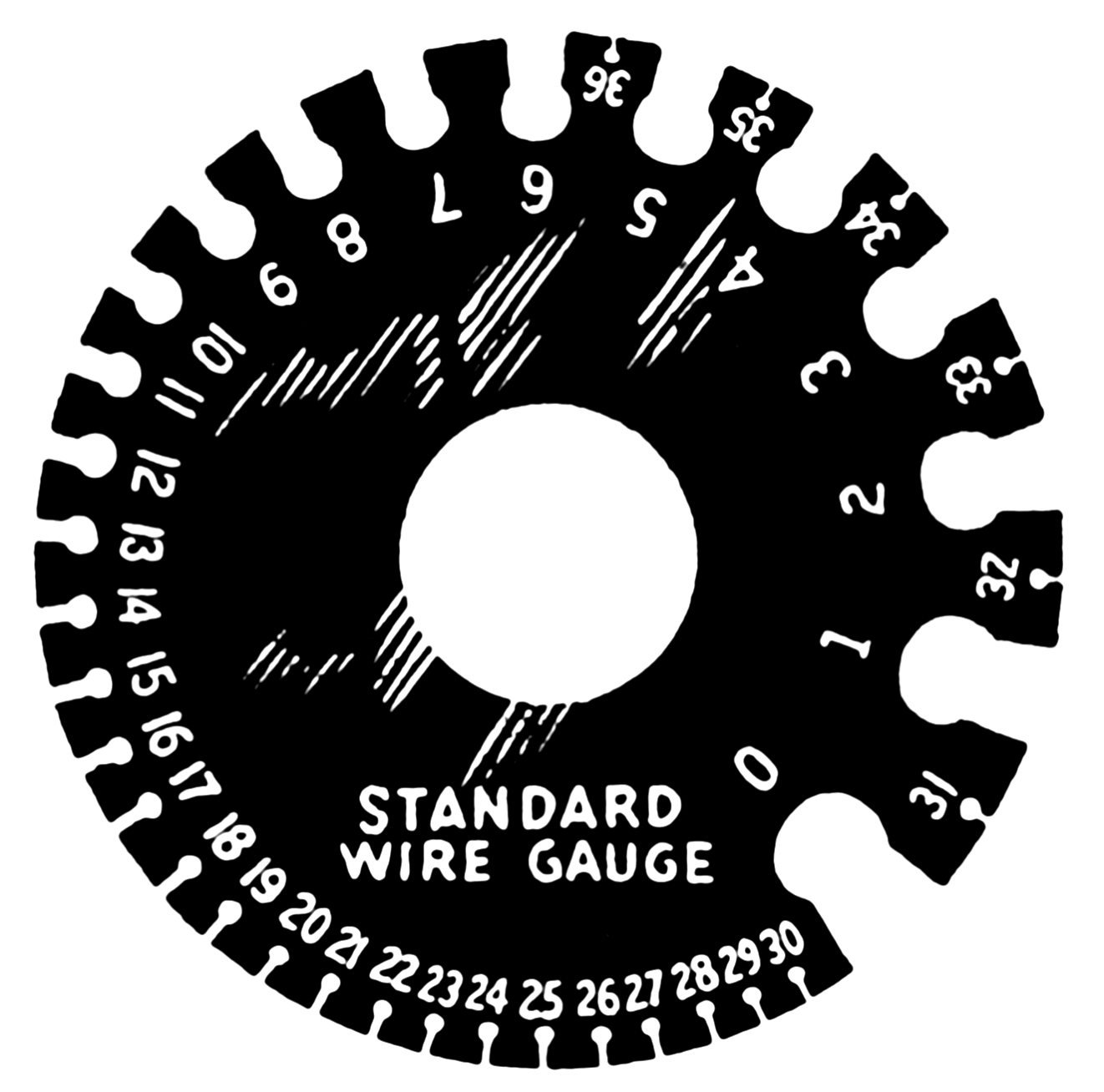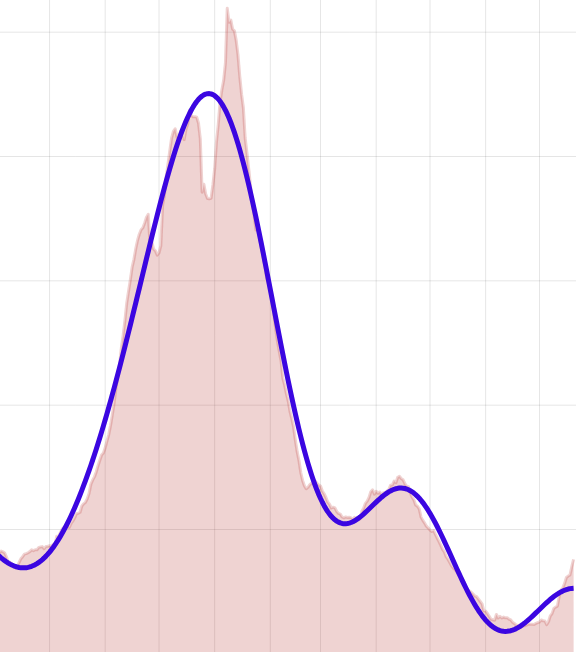Addiplication
by Brian Hayes
Published 1 September 2007
We learn so early in life about +, −, × and ÷ that we tend to see these operations as the unique foundation stones of arithmetic, on which everything else must be built. But there are other operators we can apply to pairs of numbers. In a paper recently posted on the arXiv, Shinji Tanimoto of Kochi Joshi University asks if there might be some operation that lies between addition and multiplication.
Here’s what between means. Suppose the operation exists, and assign it the symbol ◊. (Tanimoto chooses a different symbol, but that one is harder to encode in HTML.) Now, for all positive a and b:
if a+b < a×b, a+b < a ◊ b < a×b;
if a+b > a×b, a+b > a ◊ b > a×b;
if a+b = a×b, a+b = a ◊ b = a×b;
Can we actually find an operation that has these properties? As a strategy for searching, Tanimoto suggests looking at the various definitions of a mean. Associated with addition is the arithmetic mean, defined as (a+b)/2. Likewise multiplication has the geometric mean, √ab. The hypothetical new operation ◊ should also have an associated mean, which for all a and b would lie between the arithmetic and the geometric means of a and b. And such a mean does exist! It was studied at length by Carl Friedrich Gauss, who called it the arithmetic-geometric mean, or AGM.
The AGM is defined as the limit of an iterative process:
function agm(a, b) = if a == b return a else return agm( (a+b)/2, sqrt(a*b) )
Viewed as a computer program, this is one of those weird malformed algorithms that ought to run forever but actually—if a and b are finite-precision floating-point numbers—returns a value quite promptly. Gauss proved that the iterates of a and b converge on the same value; furthermore, that value is always between the arithmetic and the geometric means (in the sense of “between” given above).
So now we have a mean that lies between the arithmetic mean and the geometric mean. How do we get from there to a binary operator ◊ that interpolates between addition and multiplication? Consider the following two identities, where AM is the arithmetic mean and GM is the geometric mean:
a+b = AM(a, b) + AM(a, b)
a×b = GM(a, b) × GM(a, b)
These equations can be taken as definitions of the + and × operators; in other words, we can define addition and multiplication as the unique operations that make the identities valid. And we can write the same kind of equation for the ◊ operator and the AGM:
a◊b = AGM(a, b) ◊ AGM(a, b)
Again, the ◊ operation is to be defined as the unique operation that satisfies the identity. Tanimoto transforms this equation into the form:
AGM(1, (a◊b) ) = AGM(a, b),
which can be “solved for ◊” by iterative methods.
At this point a numerical example will help. Suppose a = 3 and b = 5. AGM(3, 5) evaluates to approximately 3.936, and so the ◊ operation needs to be defined in such a way that AGM(1, (3◊5) ) will also have the value 3.936. It turns out that AGM(1, 9) yields the correct result, and so it follows that 3◊5 must be equal to 9. Note that 3◊5 = 9 lies between 3+5 = 8 and 3×5 = 15, as required. Pretty cool, eh?
No doubt the ◊ operation will soon be added to the elementary-school curriculum, alongside the standard quartet of ambition, distraction, uglification and derision.
Update 2007-09-03: Please see the comments for important corrections.
Responses from readers:
Please note: The bit-player website is no longer equipped to accept and publish comments from readers, but the author is still eager to hear from you. Send comments, criticism, compliments, or corrections to brian@bit-player.org.
Publication history
First publication: 1 September 2007
Converted to Eleventy framework: 22 April 2025




Maybe I’m missing something, but isn’t there a trivial solution? Let me use . instead of your symbol, and AM for arithmetic mean. Then why not define: a.b = AM(a+b, a*b) ?
Another problem: Tanimoto shows that 1 ◊ x = x for all (positive) x, which violates your stipulation
if a+b > a×b, a+b > a ◊ b > a×b;
(here a=1, b=x).
Uh oh. As far as I can tell, the issues raised by Jonathan Katz and Barry Cipra are problems with my interpretation of Tanimoto’s paper, not problems with the paper itself.
To address Barry’s point first, it appears that the correct relations are as follows:
if a+b ≤ a×b, a+b ≤ a ◊ b ≤ a×b;
if a+b ≥ a×b, a+b ≥ a ◊ b ≥ a×b;
As for the much simpler construction by Jonathan Katz: Tanimoto writes “the binary operation can be regarded as an intermediate operation between addition and multiplication” but never claims it is unique in this respect. For that matter, I made no claim of uniqueness either, but I certainly missed the point that constructing such an intermediate operation is not in itself particularly remarkable. Katz’s example seems an especially nice one. Of course one could also use the geometric mean of a+b and a×b, or even the AGM of the sum and the product.
∗ is a pretty close facsimile of Tanimoto’s star operator.
That’s HTML entity ampersand lowast semicolon.